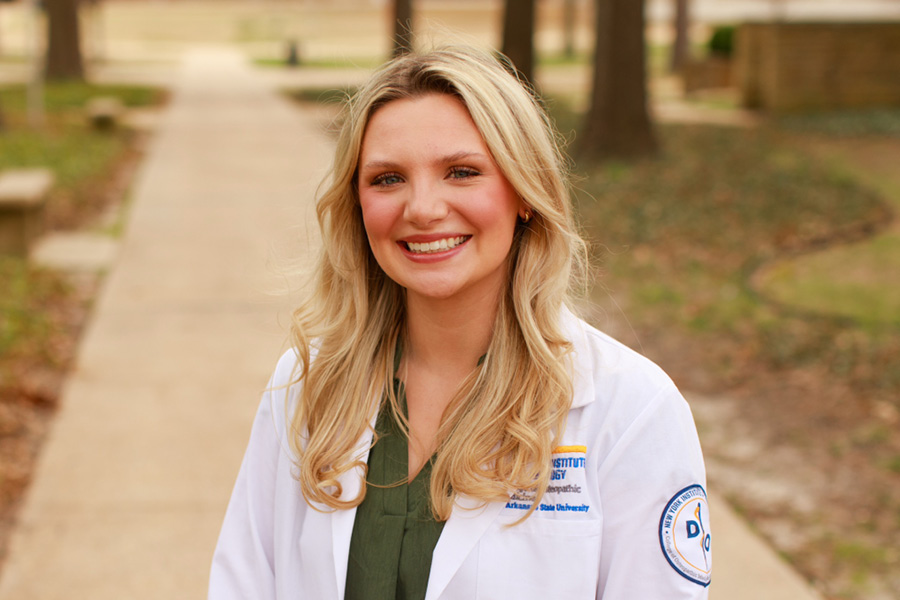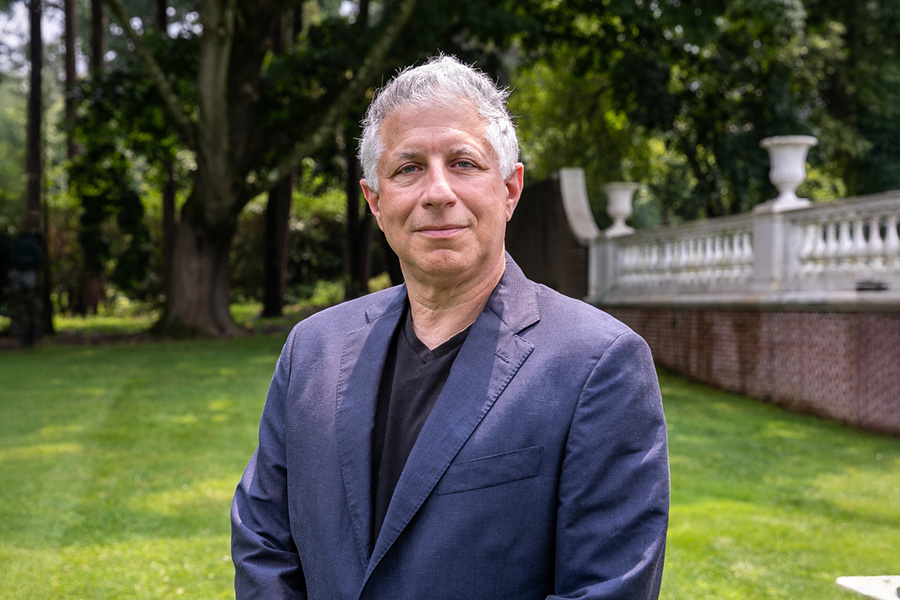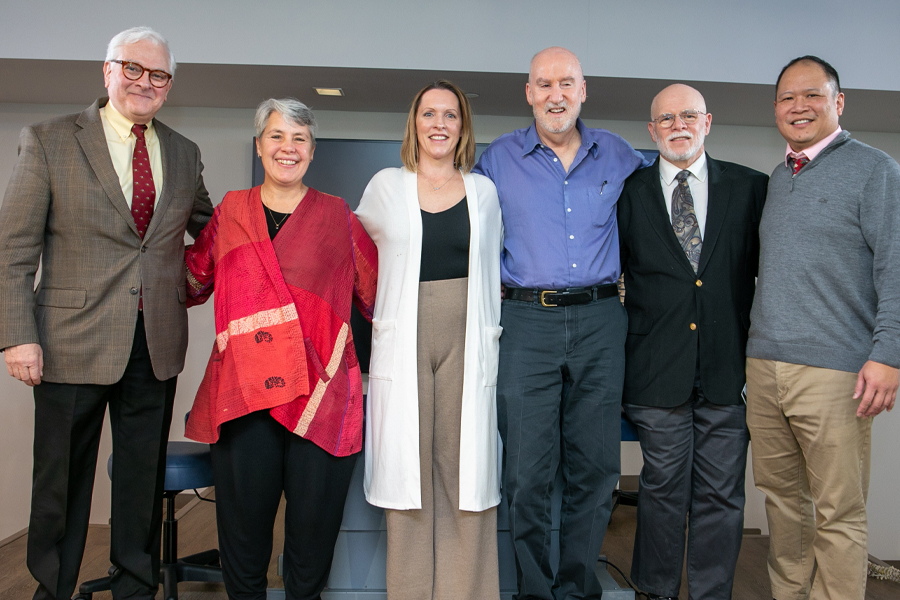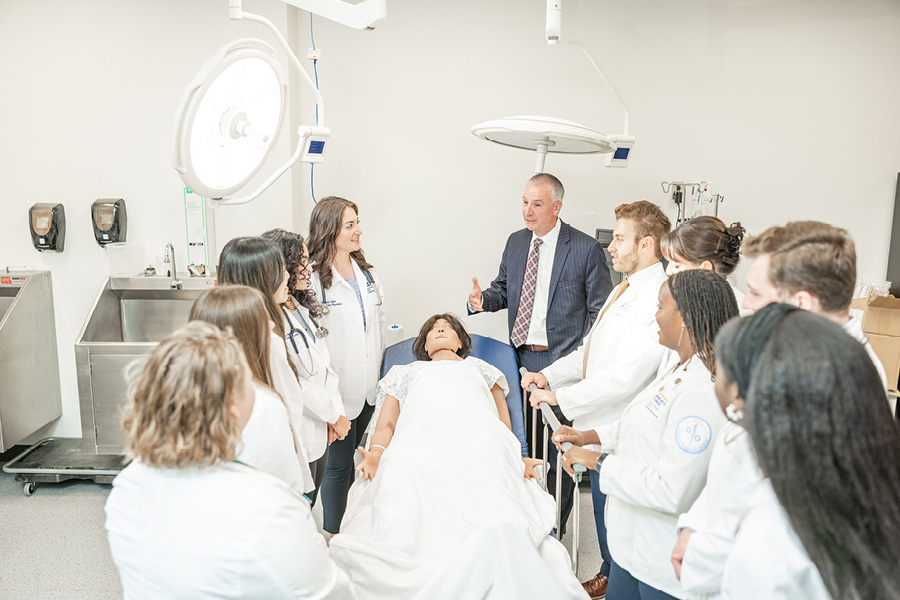There’s a Simple Solution to the Doctor Shortage
The average wait time for a doctor’s appointment in United States cities is 26 days. Rural residents have it worse.
As the College of Osteopathic Medicine’s (NYITCOM) Dean Nicole Wadsworth, D.O., writes in a Salon op-ed, that’s because we’re in the midst of a nationwide physician shortage. Yet getting treated doesn’t need to be this difficult.
“We may have a limited number of doctors, but there’s another source of high-quality, professional care. Our hospitals and healthcare providers need to rely more on physician assistants—who, at the moment, are often barred from working at the level for which they’re trained,” writes Wadsworth. “That needs to change.”
Physician assistants are licensed medical professionals who handle some routine duties that would otherwise require doctors’ time. Their ranks are increasing: In the past decade, the number of board-certified physician assistants grew by more than 75 percent.
“As an emergency room doctor for more than 20 years, I witnessed their rising presence. I experienced, firsthand, how incredibly useful and even crucial physician assistants can be; they handled duties like suturing and treating minor injuries, freeing me up to focus on more complex cases,” Wadsworth writes.
In primary care practices, physician assistants order and interpret lab tests, prescribe medicine, and diagnose illnesses. In specialized settings, depending on their training and level of experience, they carry out countless responsibilities, from closing incision sites following surgery to performing biopsies and providing palliative care to the terminally ill.
But in many states, physician assistants aren’t allowed to practice to the full extent of their training—at the “top of their license” in industry speak.
Unfortunately, these limits exist in large part because doctors insist on them. Groups representing physicians are fighting legal changes that would expand the duties physician assistants may perform, known as their “scope of practice.”
Doctors who oppose expanding the scope of practice for other healthcare professionals say they’re worried about patient safety. But, physician assistants have completed two- or three-year master’s degrees that include medical coursework and clinical rotations. They may have thousands of hours of experience. Moreover, a sick patient who can’t see a doctor for weeks or months would surely be safer if they could see a nurse practitioner or physician assistant right away.
“The real reason some doctors oppose scope expansions seems to be financially motivated,” says Wadsworth.
Because of insurance company rules, practices typically see less reimbursement for work done by physician assistants. Yet doctors worried about diminishing financial returns are perceiving a scarcity that doesn’t exist: There’s no shortage of patients.
“For sure, it’s tough to see a doctor. But, physician assistants are helping patients every day. Let’s ensure they are able to continue doing so,” says Wadsworth.
Read the entire op-ed.
This op-ed is part of a campaign designed to help generate awareness and build reputation for the university on topics of national relevance. Read more op-eds by New York Tech thought leaders.
More News

“Match” Madness
On March 21, members of NYITCOM’s Class of 2025 discovered where they will complete their residency training.

Medical Students Receive Residency “Marching Orders”
Upon graduating this spring, 14 members of NYITCOM’s Class of 2025 will complete their residency training in the U.S. Armed Forces.

A Call to Medicine
After her grandfather was seriously injured in a collision and witnessing his lack of access to specialists, Harley Duncan decided she wanted to be part of the solution. With the goal of becoming a neurologist, she is committed to practicing near the underserved community where she was raised.

Pioneering NYITCOM Cardiologist Recognized by the National Academy of Inventors
Todd J. Cohen, M.D., is one of 170 exceptional innovators elected to the organization’s 2024 Class of Fellows. The fellowship is the highest professional distinction awarded solely to inventors.

OMM Lab Rededication Ceremony Honors NYITCOM Founder
On December 6, NYITCOM celebrated the grand reopening and rededication of the NYITCOM Osteopathic Manipulative Medicine Lab, honoring the legacy of Stanley Schiowitz, D.O., founder, chairman, and dean of NYITCOM.

More Than a Medical School
NYITCOM-Arkansas is delivering on its mission to increase the number of physicians and reduce healthcare inequity in the Delta region.